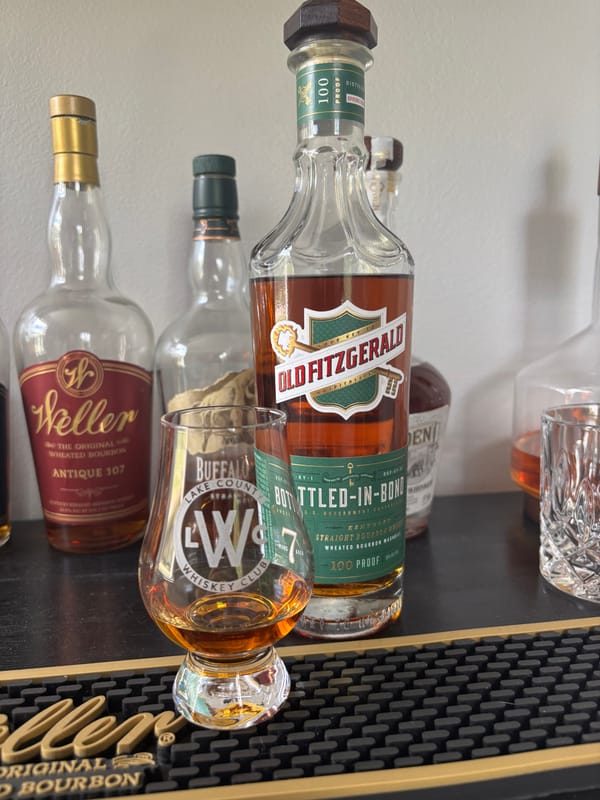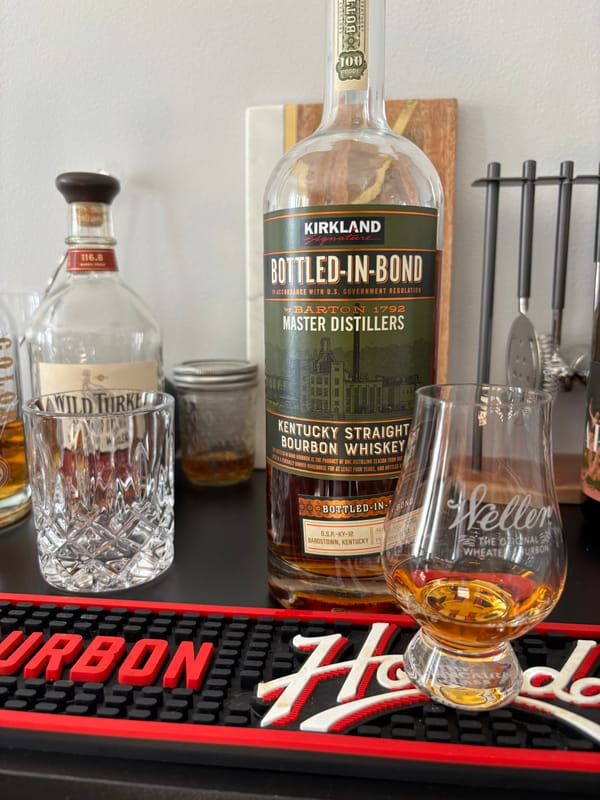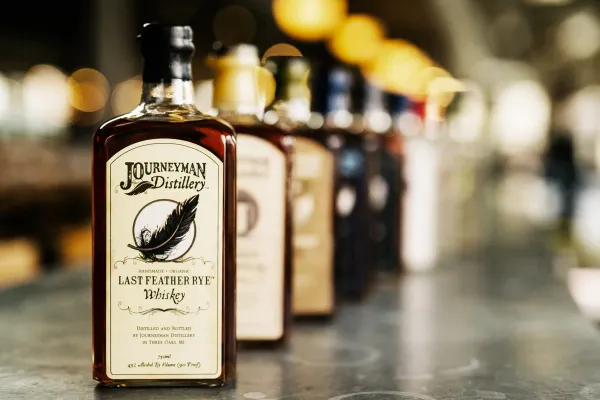Whiskey Proof Evaporation Exposed: The Fade You’ll Wish You’d Tracked Sooner

Proof Evaporation: The Whiskey Shift You Can’t Miss
Proof evaporation isn’t just barrel breathing—it’s whiskey’s strength shuffle, and if you don’t know how it fades, you’re missing the shift that defines every cask. It’s physics, not magic. Here’s the raw truth about proof evaporation in whiskey, from warehouse to pour, and why it’s your 2025 must-catch.
What Is Proof Evaporation?
U.S. law sets whiskey’s frame—51% grain minimum, 160 proof max distillation, 125 proof max barreling, 80 proof minimum bottling, new charred oak aging. Evaporation—2-4% yearly—loses water or alcohol over two-plus years, shifting proof up or down. Every barrel’s fade changes it, no law stops it.
How Proof Evaporation Works
Spirit enters barrels at 125 proof or less, aging in warehouses—two to eight years—where dry air (20-40% humidity) pulls water, raising proof to 130+; humid air (60-70%) loses alcohol, dropping it to 100 or less. Oak adds vanilla and spice—evaporation tweaks the strength, and every breath counts.
What Proof Evaporation Means for Your Sip
Dry-evaporated whiskey—130+ proof—packs a wallop—bourbon’s corn or rye’s spice thickens with oak’s punch. Humid-evaporated—100 proof—softens—grain eases, oak mellows. Every bottle’s kick—law allows it—shifts with this fade, no tampering changes it.
Why Proof Evaporation Matters in 2025
Proof evaporation’s whiskey’s strength dance—by 2025, tracking it could explain every pour’s power, from fierce to faint. It’s the truth in the air—don’t miss its drift.
Check out NEAT: Whiskey Finder—it’ll help you track down bourbon and whiskey near you.





